Dr. Bulent Atalay, Professor, University of Mary Washington and the University of Virginia; Member,
Institute for Advanced Study, Princeton, USA
The Anglo-American expression, “Jack of all trades, master of none,” is a dismissive pejorative discrediting the
notion of spreading oneself thin. And it has equivalent expressions in most world cultures. A Chinese version
reads, “Armed with ten knives, yet none of them sharp.” An Estonian version offers a different metaphor,
“Nine trades, the tenth hunger.” A rare version that has only positive connotations is the Turkish expression,
"On parmağında on marifet” (“Ten skills on ten fingers”), suggesting praise for individuals with a diversity
of interests.
In the prevailing model of technology engineers and innovators specialize in one field or another. But as recent
research points out, through the ages most successful innovators have been polymaths. The list includes Archimedes,
Brunelleschi, Leonardo, Michelangelo, Galileo, Kepler, Descartes, Huygens, Hooke, Newton, Leibnitz, Darwin, Pasteur,
Maxwell, Einstein, and in modern times Bill Gates, Steve Jobs, and Elon Musk.
Drawing on information from different disciplines cannot fail to create fertile grounds for progress. This is the
essence of Leonardo’s Model. Newton, physicist, mathematician, astronomer, alchemist, inventor, theologian, and
natural philosopher, succeeded in showing that the universe was mathematical. And even his preoccupation with alchemy,
now discredited as a pseudoscience, helped him to visualize action-at-a-distance and the idea of invisible fields.
Shakespeare understood human behavior better than any psychoanalyst and separately he harbored an obsession for history
— especially, the histories of England, Scotland, Denmark, Ancient Rome, and medieval Italy. Their settings became the
backdrops for his historical plays.
Goethe and Darwin, both impressive polymaths in their own right, were dazzled by the diversity of interests demonstrated
by Alexander von Humboldt (1769-1859). The Prussian aristocrat — traveler, essayist, naturalist, botanist, etymologist,
ornithologist, geologist, oceanographer, and meteorologist — is still regarded as one of the finest scientific explorers
in history. But even von Humboldt does not come close to Leonardo as the “master of all trades.” Along with every branch
of science and engineering, Leonard also painted… better than anyone else. “The universal genius” and “the greatest genius
in history” are frequently invoked in describing the breadth and depth of Leonardo’s universe. The artist-scientist’s functionally
symmetric brain — that magnificent instrument of his effort to satiate an insatiable curiosity — questioned and analyzed
relentlessly in inventing the future. Inspired by Leonardo’s Model, Virginia Commonwealth University (VCU) created the
Da Vinci Center where all projects call for the collaborative endeavors of the departments of engineering, art, and business,
together integrating form, function, and economy.
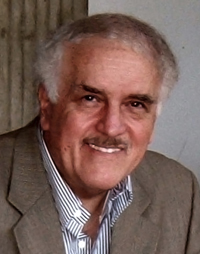
Dr. Bulent Atalay is a scientist, artist, and author. Described by NPR, PBS, Smithsonian and the Washington Post as a “Modern Renaissance Man”.
He is the author of two best-selling books on the intersection of art, science and mathematics, where Leonardo, the pre-eminent Renaissance man, serves as the
focal point. His best-selling book, "Math and the Mona Lisa," (Smithsonian Books, 2004) has appeared in 14 languages; and Leonardo's Universe (National
Geographic Books, 2009) has appeared in English and Japanese, and was declared, “One of ten must-have books,” by the Britannica. Bulent’s academic background
is in theoretical physics, distilled from work at Georgetown, UCal-Berkeley, Princeton, Oxford, and the Institute for Advanced Study, Princeton. He travels
around the world lecturing at academic institutions and on cruise ships on the "A-subjects," art, archaeology, astrophysics, atomic physics and Ataturk,
confessing that he knows much less about the "B-subjects," business, banking, biology and botany... He has given lectures at Caltech, Princeton, Yale,
Harvard, Oxford, NASA, NIST, NIH, and PICMET.
Dr. Tao-Ming Cheng, President, Chaoyang University of Technology (CYUT), Taiwan
Rapid digital transformation, multi-disciplinary technology research, and innovations are today’s hallmark. Taiwan,
an island in the Pacific Ocean too has initiated ample measures to keep the pace of transformation. There exists a
renewed thrust on creating a mindset, infrastructure and developing essential cross-discipline intelligent systems
to provide universities and enterprises with an innovation-oriented ecosystem, to engage in state-of-the-art R&D,
and to enhance industrial competitiveness. Taiwan has a lot going for it with artificial intelligence (AI) research,
and the island's prowess in the field continues to grow. Taiwan’s tech ecosystem has been built over the decades
with support from universities, a tech-centered culture and internet infrastructure. Global players like Google,
IBM, and Microsoft, have expressed their intentions of developing either AI R&D centers or similar initiatives in
Taiwan. Because, companies can hire top-quality engineering talent that has earned a reputation for being more
loyal and stable, less likely to be poached, compared to other countries.
The talk will cover an overview of technology research management and recent initiatives in the country. Also, it will
uncover the strategies being adopted for Chaoyang University of Technology (CYUT) to become the top 1001+, 301+, 351+
universities in the world, Asia-Pacific region, and emerging economies, respectively, in 2019.
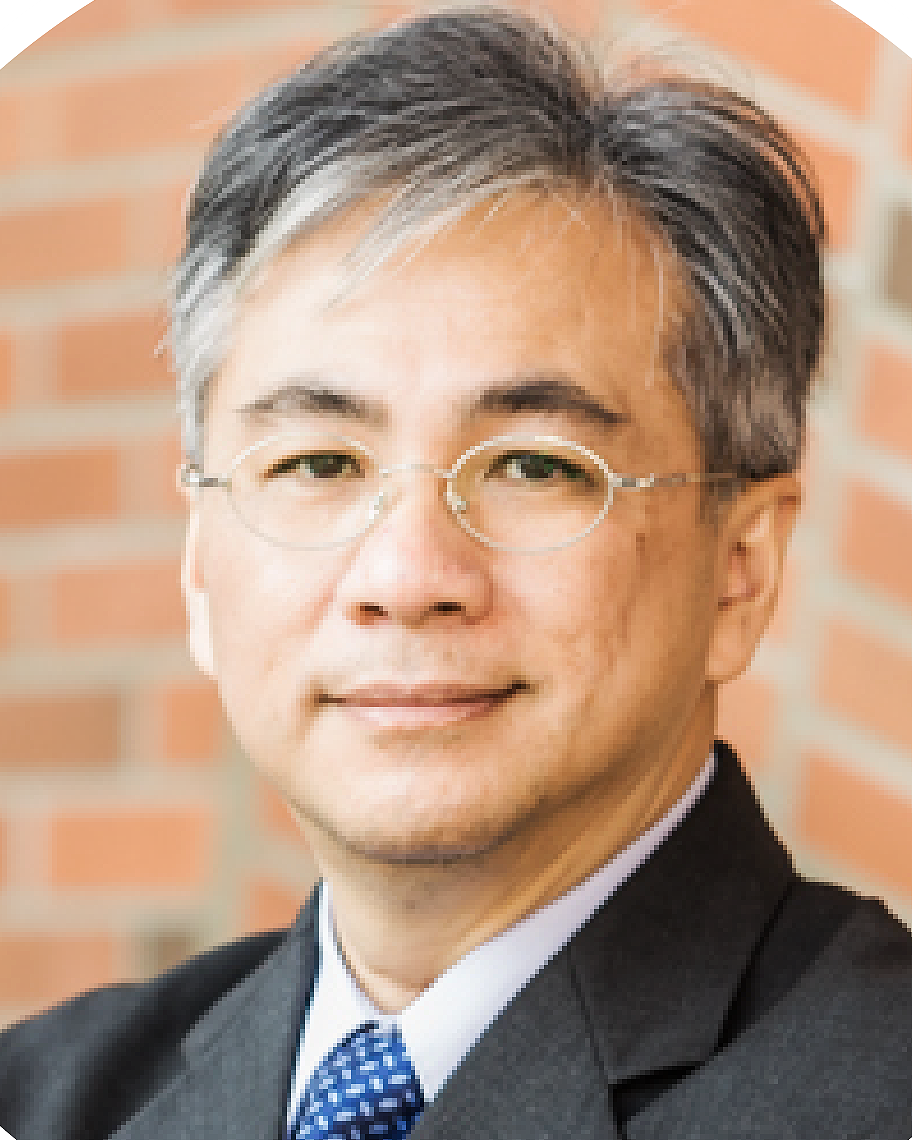
Dr. Tao-ming Cheng currently is the President of Chaoyang University of Technology (CYUT),
Taiwan, and a Professor at the Department of Construction Engineering. He received his Ph.D. in 1996 from the
School of Civil Engineering, Purdue University, USA. His research interests include construction ergonomics,
construction operations modeling and higher education management. Professor Cheng is the Arbitrator of the
Republic of China (ROC). He serves as a Chairman of Accreditation in IEET, and is a member of several committees
such as Engineering Education Certification; TAC Accreditation; Higher Education Accreditation and Supervision.
Professor Cheng has published more than 100 research articles in indexed journals and conferences in the last
decade. He mentors an International Journal of Applied Science and Technology (Scopus) and also reviews papers
for several SCI journals.
Dr. Henry W. Chesbrough, Professor and Faculty Director, Garwood Center for Corporate Innovation, UC Berkeley-Haas School of Business, USA
I will present my research on Open Innovation Results, a forthcoming book from Oxford University Press. In this book, I discuss the many challenges presented by open
innovation, which often fail to generate the positive results expected. To get open innovation results, we need as much attention inside the firm as we do to the relationships
outside the firm. We also need a robust innovation infrastructure to deliver stronger results from innovation. Finally, I will explore the Exponential Paradox, a situation in
which rapidly advancing technology does not seem to translate into increased economic productivity.
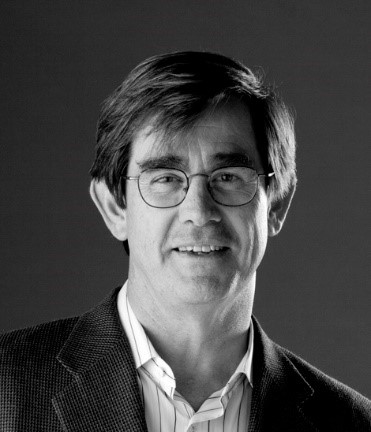
Henry Chesbrough is best known as “the father of Open Innovation”. He is Professor and Faculty Director at Garwood Center for Corporate Innovation
at teaches at the Haas School of Business at the University of California-Berkeley. He is also a professor of Information Systems at Esade Business School.
Dr. Chesbrough has written books such as Open Innovation (Harvard Business School Press, 2003), Open Business Models (Harvard Business School Press, 2006),
and Open Services Innovation (Jossey-Bass, 2011). He has been recognized as one of the leading business thinkers by Thinkers50. He received an Innovation Luminary
award from the European Commission and Intel in 2014. He also received the Industrial Research Institute Medal of Achievement in 2017, and has two honorary doctorates.
Dr. Gregory A. Daneke, Professor Emeritus, W.P. Carey School of Business,
Arizona State University, USA
This second and vastly more consequential stage of the information technology revolution poses a number of unprecedented challenges to the field of technology
management. Part of this stems from the fact that much of BIG DATA and AI are still arcane math and science (and more than a bit of hype) in search of technology.
Yet challenges are greatly exacerbated by a number of relatively recent changes in the political economy of technology. Digital information has become a major
asset class in and of itself, and politically powerful platform monopolies (which actually retard innovation) have been allowed to operate without the conventional
processes we might associate with “adult supervision”. Meanwhile, militaristic motives (and funding) still predominate much of the basic as well as applied research.
These trends collide with elements embedded within the neural networks and “deep learning” processes that either amplify unrecognized human biases and cultural
artifacts or take humans out of the loop altogether—ergo the rise of the “automacene” (which introduces whole new sets of potential socioeconomic dysfunctions).
Real, yet often overstated, fears abound of autonomous weapons, a totally redundant workforce, elimination of the few remaining expectations of privacy, and the
continued undermining of elections, as well as rampant and rabid anti-social network behavior and armies of bogus bots fueling further fear and hate. Yet many
if not most members of the general public are totally unaware of the very real probability of having one’s entire life completely “redlined” before one has a
change to live it. Highly opaque predictive algorithms are already delimiting access to schools, bank loans, insurance, employment, and government programs
for certain artificially collated cohorts—not to mention whether and for how long one might be incarcerated. In the meantime, increased use of AI in risk
profiling of increasingly exotic derivative instruments (themselves often algorithmic distortions of erroneous economic theories) and design of prudential
regimes virtually insure that the next financial crisis will be even more catastrophic. But it is not all doom and gloom, many steps (some quite promising)
are emerging to confront outmoded management models and methods, and they need to be built upon.
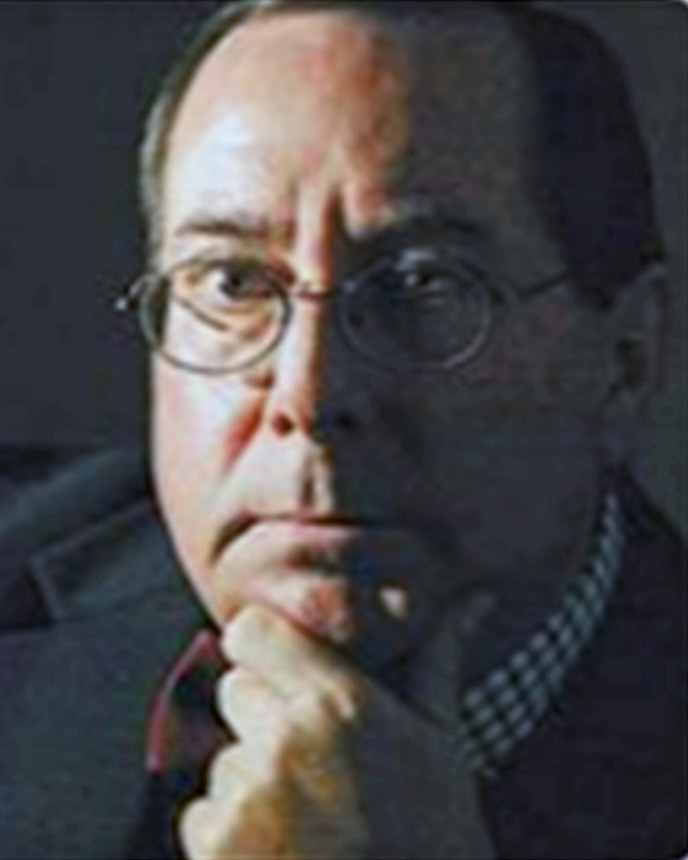
Greg Daneke is Professor Emeritus in the W.P. Carey School of Business, Arizona State University, and has also been affiliated with The Centre
for Policy Research on Science and Technology at Simon Fraser University in Vancouver, BC. He has held other faculty posts, including: Virginia Tech, University
of Michigan, and Stanford University. He has also advised government agencies, including: the Army Corps of Engineers, Department of Energy, Office of Technology
Assessment, and was a Senior Fellow at General Accounting Office, as well as serving on a White House Task Force. He has been a consultant to multinational as
well as start-up firms and has also provided probono consulting to various indigenous nations and international NGOs. He is the author of over 100 scholarly publications.
Dr. Ann Majchrzak, Associates of USC Business Administration Chair and Professor of Digital Innovation
Department of Data Sciences and Operations, Marshall School of Business, University of Southern California, USA
Open innovation refers to the use of external agents, such as public crowds, suppliers, alliances, or partners to provide input for new business innovations.
Crowdsourcing is one such mechanism in which a publicly-solicited crowd is asked to solve a relatively narrowly defined problem, such as a new marketing pitch
(for Doritos), a new energy technology (for GE), a new bottle design (for Heineken), new forms of toothpaste (for P&G), new delivery mechanism for a product
(Innocentive), or ways to optimize a recommender engine (Netflix) or a space kit (NASA). Such crowdsourcing is based on the notion that the best way to use
the “crowd” is to constrain them to narrowly defined problems with clear evaluation criteria, asking them only for their ideas rather than questioning if the
problem was defined correctly, and providing significant incentives to participate. With such constraints, the crowd is unable to offer much help to firms,
governments, and social organizations in innovating at the systemic, big picture level, such as suggesting new strategic directions for a firm, or ways to solve
global warming. We present data demonstrating that, when the constraints are removed, crowds are more innovative than those with the constraints when
solving such “ill-structured problems”. We then explain how the data shows us what the crowd’s innovation process looks like, when left unconstrained.
This innovation process is one that can be facilitated by AI.
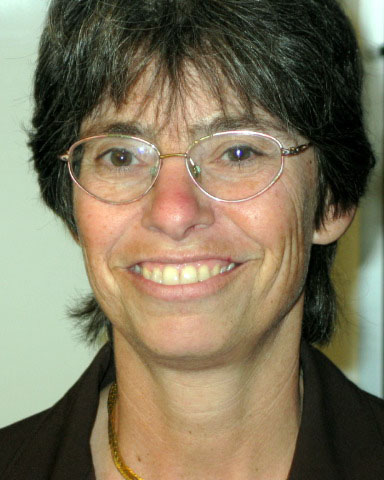
Ann Majchrzak is the Associates of USC Chair of Business Administration for the Marshall School of Business at the University of Southern
California. She is a Professor of Digital Innovation in the Department of Data Sciences and Operations. She is a Senior Scholar and Fellow of the Association for
Information Systems, awarded for “making an outstanding contribution to the I.S. discipline in research, teaching, and service”. She has been a member of 3
National Research Council Committees. She publishes in top academic (Management Science, Organization Science, Information Systems Research, MIS
Quarterly) as well as top practitioner journals (Harvard Business Review, Sloan Management Review, California Management Review). She has held concurrent
appointments as a research mentor and visiting professor at Esade Business School, Ramon Llull University, Barcelona; Department of Business and Management
at LUISS University, Rome in the areas of Innovation and Organization; and Stevens Institute of Technology. She is also an external expert for the Information
Systems and Innovation Group, Department of Management at the London School of Economics. She has received funding from National Science Foundation
and a range of other agencies. She has published several books, including Human Side of Factory Automation, Human Side of CAD, and Methods for Policy
Research. Her research interests center on ways to improve TOP-integration (where TOP stands for Technology-Organization-People Integration). She is the
founder of TOP Integration, Inc and TOP-Modeler, a decision support tool to help firms design and implement new manufacturing technologies in their facilities.
She partners with organizations for all of her research, looking for interesting challenges to TOP integration. She has studied TOP integration for flexible
manufacturing cells, computer-aided design, virtual collaboration for innovation, blockchain, and crowd-based collaboration for innovation with a range of
companies including Boeing, Rocketdyne, Hyperloop Transportation Technologies, Inc., Digital Equipment Corporation, General Motors, Optum, JPL, HP, Cummins,
etc. She has a new book coming out in Fall 2019 currently titled: Unconstraining Crowds: Innovating Solutions to Wicked Business and Societal Problems. majchrza@usc.edu
John R. McDougall, Fellow, PICMET, Former President, National Research Council, Canada
We are getting closer to a world in which decision-making is moving beyond our ability to directly oversee it. How will moral and ethical understanding be addressed in AI and machine learning? We can already see the tip of the challenge in driverless vehicles – in collision avoidance for instance, when the AI system confronts alternatives about what should be avoided – hitting another vehicle, striking a pedestrian, going off the side of a bridge or hitting a light standard? Can we train machines to make ethical choices or just objective ones? For example, should an AI decision focus preferentially on its own vehicle, on third parties, or on the overall degree of capital damaged? How will it know what is ethically and morally superior when confronted with choosing between a mother with a young child, an elderly person with a walker, a group of school children or a gasoline tanker truck? Even if we can train a system to develop an ethical framework, whose ethical values should prevail?
In a world of intelligent systems, such choices will be confronted on a continuous basis in a wide range of applications including health care, education, journalism, law, security and personal privacy just to name a few. What limitations will we need to place on our systems? Who should do that? And how will we be able to create an open and constructive environment to have such important but difficult conversations without people simply taking offense? In a world in which values are also in continuous evolution, the need for care is enormous. This presentation is intended to open our minds to some of the challenges we must seriously consider as AI technology applications expand and become more pervasive.
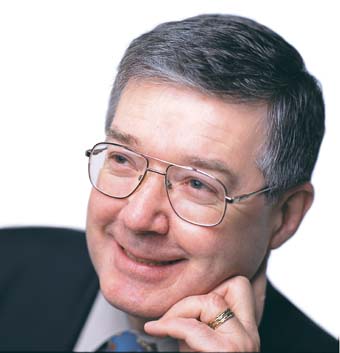
John McDougall has 50 years
of experience in 75 countries in the
natural resource, IT, manufacturing,
consulting, real estate and investment
industries as well as research and development
and academia. He retired
from Canada’s National Research
Council after six years as President, a
position he accepted after 12 years as
CEO of the Alberta Research Council. He was the inaugural
Chair in Management for Engineers at the University
of Alberta from 1991-97, and he initiated Innoventures
Canada Inc. in 2006 to bring together Canada’s leading research
and technology organizations providing technology
development, demonstration and deployment services as
centers of excellence for commercialization and research.
In the private sector, after eight years with a multinational,
he managed and founded firms in real estate, investment
and development, frontier exploration and logistics,
project management, technology development, economics
and economic development, financial and business
planning, data processing and custom software development
and natural gas brokerage. He has also served as an
outside director or advisor to several public and private
firms.
John is an active volunteer in business, professional
and not-for-profit organizations where holding leadership
positions in local, national and international organizations
such as The Edmonton Chamber of Commerce and World
Trade Centre, Capital Care Foundation, Engineers Canada,
St. John’s Ambulance, Eureka and the G8 Heads of Research
Organizations. He has also served on dozens of academic
and government committees and agencies.
He has received medals and recognition including the
2015 PICMET award for Leadership in Technology Management,
Honorary membership in the Mexican College
of Civil Engineers and the Queen’s Jubilee Medal.
Dr. Melanie Mitchell, Professor of Computer Science, Portland State University, USA
In 1986, the mathematician and philosopher Gian-Carlo Rota wrote, “I wonder whether or when artificial intelligence will ever crash the barrier of meaning.”
Here, the phrase “barrier of meaning” refers to a belief about humans versus machines: Humans are able to “actually understand” the situations they encounter,
whereas AI systems (at least current ones) do not possess such understanding. The internal representations learned by (or programmed into) AI systems do not
capture the rich “meanings” that humans bring to bear in perception, language and reasoning.
In this talk I will assess the state of the art of artificial intelligence in several domains and describe some of their current limitations and vulnerabilities, which can
be accounted for by a lack of true understanding of the domains they work in. I will explore the following questions: (1) To be reliable in human domains, what do
AI systems actually need to “understand”? (2) Which domains require human-like understanding? And (3) What does such understanding entail?
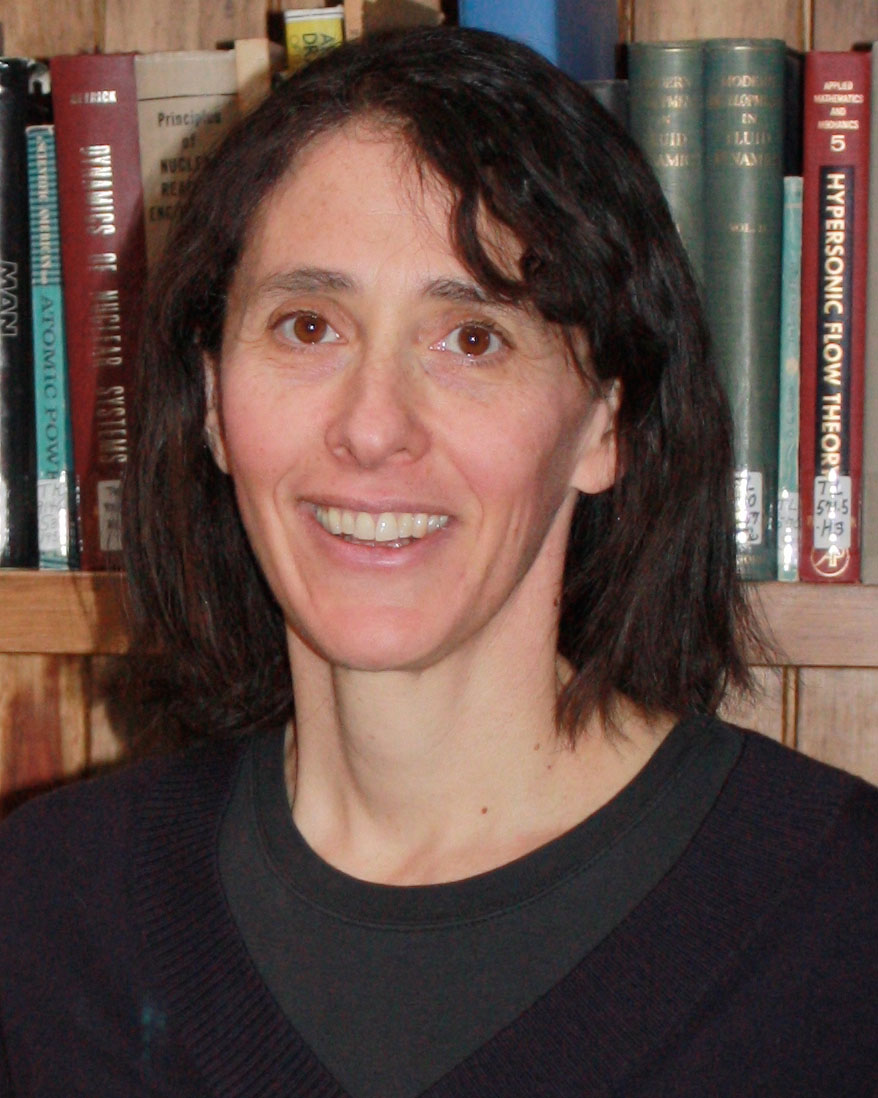
Melanie Mitchell is Professor of Computer Science at Portland State University and External Professor and Member of the Science Board at the Santa Fe
Institute. She attended Brown University, where she majored in mathematics and did research in astronomy, and the University of Michigan, where she received a Ph.D.
in computer science. Her dissertation, in collaboration with her advisor Douglas Hofstadter, was the development of Copycat, a computer program that makes analogies.
Melanie has held faculty or professional positions at the University of Michigan, the Santa Fe Institute, Los Alamos National Laboratory, the OGI School of Science and Engineering,
and Portland State University. She is the author or editor of six books and numerous scholarly papers in the fields of artificial intelligence, cognitive science, and complex systems.
Melanie’s book Complexity: A Guided Tour (Oxford University Press) won the 2010 Phi Beta Kappa Science Book Award and was named by Amazon.com as one of the ten best
science books of 2009. Melanie’s latest book, Artificial Intelligence: A Guide for Thinking Humans, will be published by Farrar, Straus, and Giroux in 2019.
Melanie originated the Santa Fe Institute's Complexity Explorer platform, which offers online courses and other educational resources related to the field of complex systems.
Her online course “Introduction to Complexity” has been taken by over 25,000 students, and is one of Course Central’s “top fifty online courses of all time”.
Mandy J. Mock, VP Information Technology Group, Intel Corporation, USA
The abundance of data and the compute power to analyze it is changing the world. Business models are being disrupted in all industries and companies must reinvent themselves to take advantage of data.
This talk will discuss Intel’s journey in Digital Transformation, as well as thoughts on how managers need to prepare for this change.
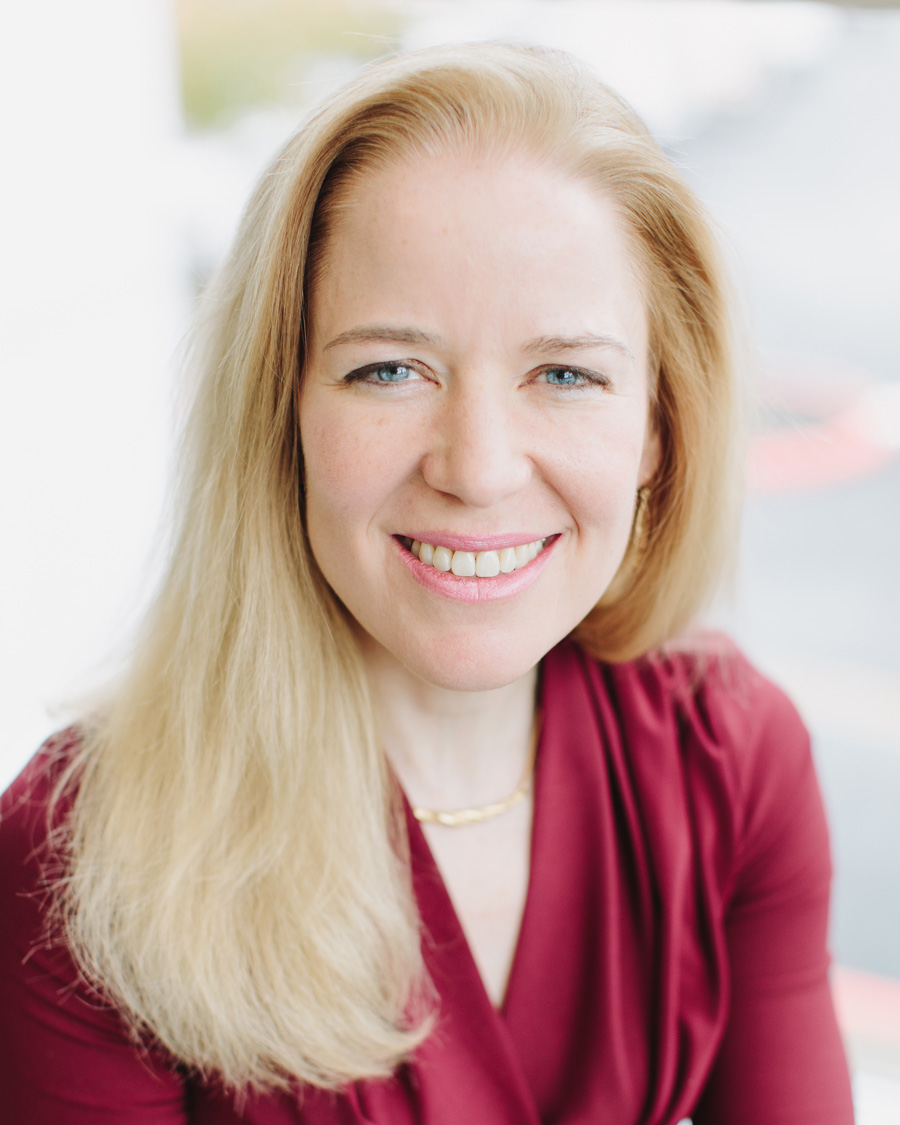
Mandy J. Mock is a vice president in the Information Technology group and serves as the general manager of product engineering solutions at Intel Corporation.
She leads the product engineering solutions IT team, which provides Intel’s product development teams with innovative IT solutions and support for greater efficiency and faster design and production cycles.
Mandy has held leadership positions in Intel’s IT group since 2010, capping a two-decade career at the company. Before assuming her current role in 2016, she spent two years as director of financial information
systems, leading the team charged with providing IT solutions for Intel’s Finance organization. She joined the IT group as director of flex services, a business unit that provides burst capacity resources for software
development to Intel’s product teams. Mandy joined Intel in 1995 after receiving her bachelor’s degree in electrical and computer engineering and French from Carnegie Mellon University. She went on to earn a
master’s degree in computer science from the Oregon Graduate Institute of Science and Technology and her MBA degree from the Kenan–Flagler Business School at the University of North Carolina at Chapel Hill.
©2018 PICMET Inc. All rights reserved.